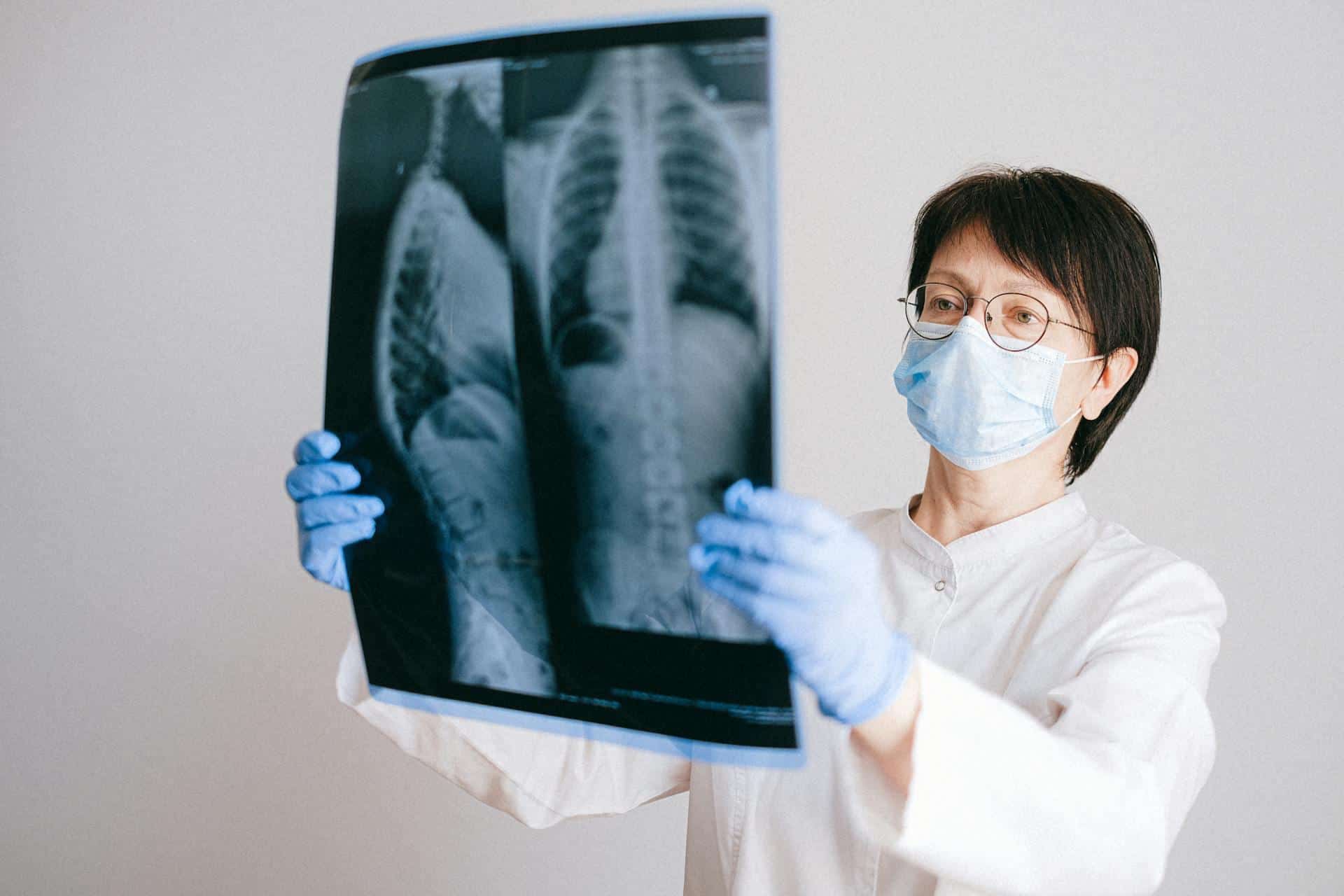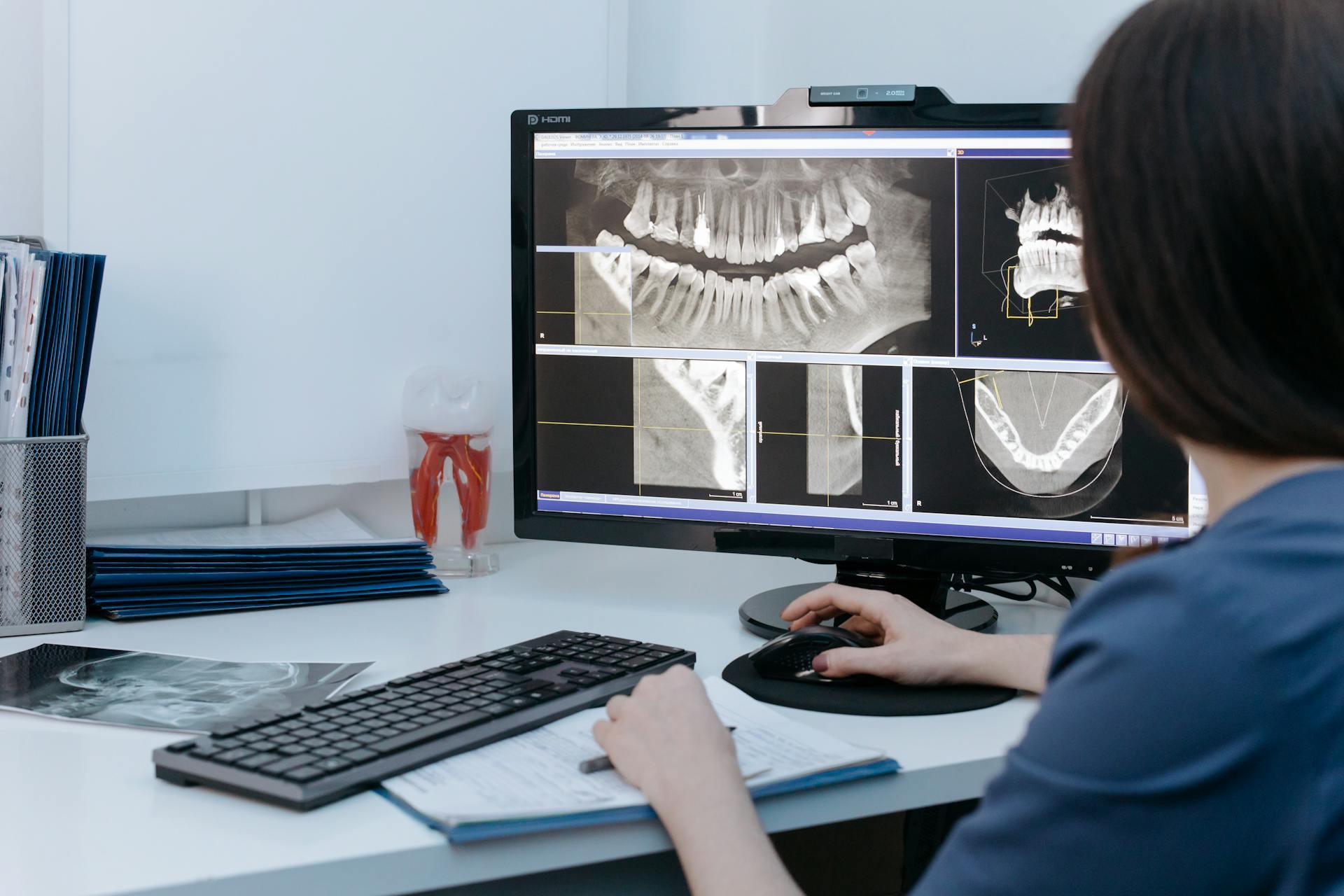
The healthcare sector, recognized for its dynamic nature and fulfilling aspects, presents many job opportunities. Among these choices, radiologic technology emerges as an essential and expanding sector. Usually referred to as radiographers, radiologic technologists hold an important duty: carrying out diagnostic imaging processes such as X-rays, MRIs or CT scans, to improve the care of patients.
If you’re considering a career in this field, you might be wondering how to get started. This guide will take you through the process of becoming a radiologic technologist. It covers all aspects, from education to certification, and guides you to find the best route for your ambitions.
Finding the Right Fit for You
The journey to becoming a radiologic technologist begins with finding an educational program that aligns with your career goals and lifestyle. Often, radiography education is available at several levels, such as associate or bachelor’s degrees or even certificate programs; thus, the choice of a specific option depends on one’s career goals, available time, and location preference.
For example, if you plan to study and work in New York, it’s essential to look for the best radiography schools NY has to offer. New York is home to several reputable institutions that provide comprehensive training in radiologic technology. These programs often include hands-on clinical experience, which is crucial for building the skills needed to succeed in this field.
As you look into various radiography programs, it is essential to consider their accreditation status, program completion timeframe, tuition costs, and clinical placement availability. Accreditation indicates that your course meets standards set by professional bodies like the Joint Review Committee on Education in Radiologic Technology (JRCERT). If you plan to sit for a certification examination later, you must be part of an accredited program.
Education Requirements
Once you’ve identified an appropriate program, the next step should be completing your education. Most radiologic technologists begin their careers with an associate degree program; typically a two-year program combining classroom learning with clinical experience covering topics like anatomy, patient care, radiation physics, and image assessment.
Looking for elevated positions or leadership opportunities in radiologic technology? Think about obtaining a bachelor’s degree in the area; these programs generally provide classes in healthcare management, advanced imaging methods, and research techniques—crucial components for your future achievement.
As part of your educational path, clinical rotations will provide invaluable hands-on experience at hospitals, imaging centers or healthcare establishments. This practical training helps translate classroom knowledge to real-world situations while giving access to industry experts for networking purposes. Additionally, it offers insight into various specializations like mammography, CT or MRI imaging technologies.
Many programs underscore the value of soft skills—communication, teamwork, and patient interaction—which are essential for cultivating patient trust and functioning efficiently in a healthcare team. Consequently, upon graduation, you will possess not only a robust grounding in radiologic technology but also the social proficiency vital to thrive professionally.
Certification and Licensing
After you complete your education, the following important step is to obtain certification. This represents a deciding factor for those in radiologic technology and it evidences proficiency and dedication within this field. In the US, the American Registry of Radiologic Technologists (ARRT) offers the most acknowledged certification. To be eligible to take the ARRT exam, you need to graduate from an accredited program and follow the organization’s ethical guidelines.
The ARRT exam covers subjects like patient care, safety protocols, and image creation; succeeding in it signifies an important achievement—it awards you the designation of registered technologist (RT) and opens up job prospects across the country. Keep in mind that certain states require licensure alongside certification.
Review the rules relevant to your field, since licensing necessities vary by state. For example, New York requires radiologic technologists to obtain a license from the state’s Department of Health.
Getting certification and licensing is not just a formality. It shows your skill and readiness to contribute positively to the field of healthcare, helping you grow professionally and build confidence as you begin your job journey. These credentials assure that as a radiologic technologist, you are properly prepared to deal with complexities and responsibilities related to your position.
Continuing Education and Career Advancement
As you embark on your career journey as a radiologic technologist, remember that this position is just the beginning. The field keeps evolving—it often introduces new technologies and approaches. To stay updated with changes and improvements within your work area, taking part in ongoing learning becomes very important.
Professional bodies such as the ARRT, mandate that certified technologists obtain continuing education credits via workshops, online classes, or conferences to retain their certification.
Continuous education enables specialization in various fields of radiologic technology; you can opt for certification in mammography, cardiovascular-interventional radiography, or sonography—this focus improves your competitiveness and unlocks opportunities for better-paying roles.
Additionally, technologists often seek advanced degrees in healthcare administration or education; this pursuit can culminate in management positions or teaching roles. Embrace lifelong learning and actively pursue professional development; this approach not only sharpens your skills but also signals a deep commitment to excellence in patient care, guaranteeing a dynamic and satisfying career.
Job Outlook and Opportunities
The need for radiologic technologists is on the rise, motivated by progress in medical imaging and increasing requirements of diagnostic services. This sector presents a variety of career chances at hospitals, outpatient imaging centers, as well as private healthcare offices. Individuals who have completed top radiography programs gain the skills and credentials needed to enter a rewarding and stable profession with strong employment prospects.

Conclusion
Choosing to work as a radiologic technologist gives you the advantage of combining technical skills with caring for patients. To make your place in this vibrant profession, it’s important to find a good education program, get certification and keep learning constantly—these elements set the foundation for success.
Opt for New York or venture elsewhere, but remember, maintaining a goal-oriented focus and tapping into every resource at your disposal leads inexorably to professional success. Dedicate yourself and work hard; you’ll pave your way toward creating a significant impact in the healthcare world.

















































































































